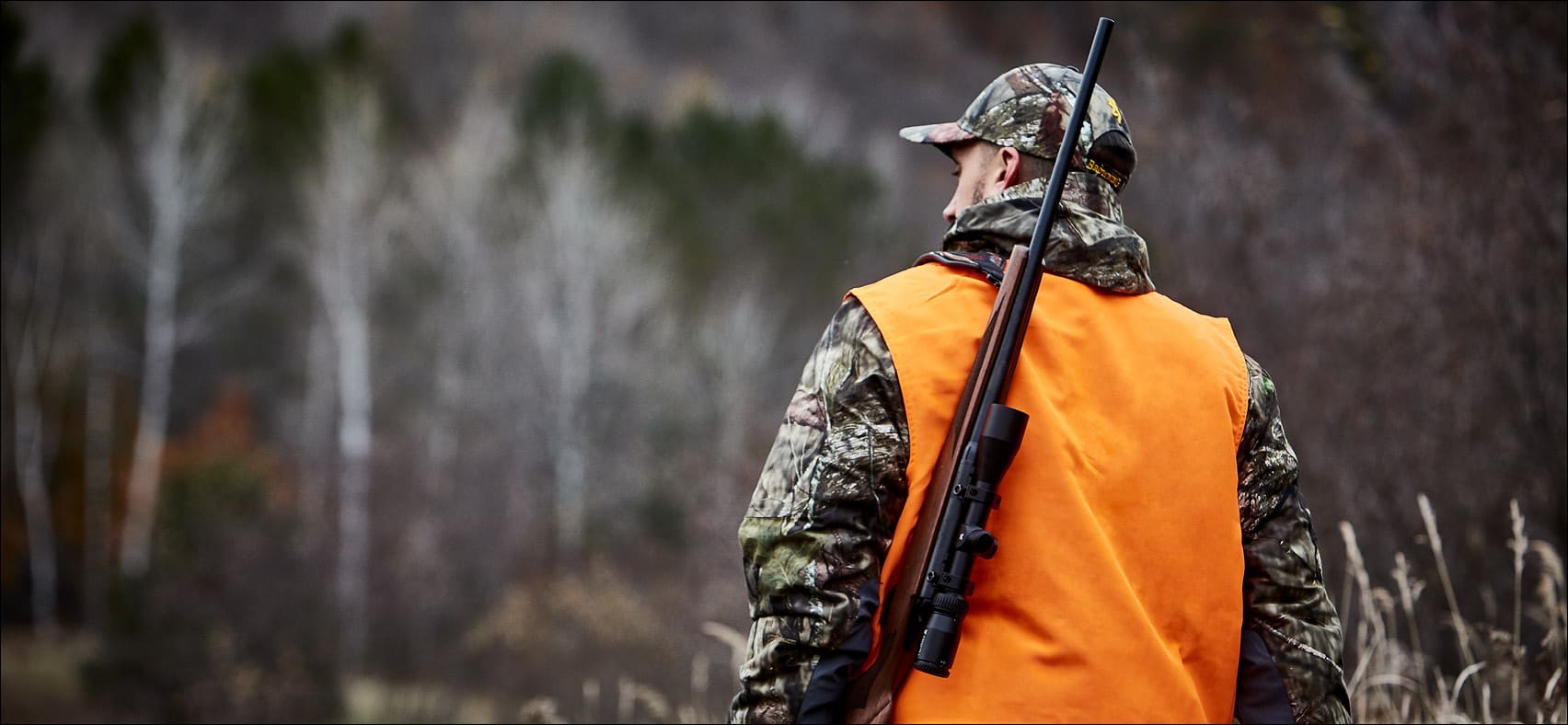Migratory Bird Hunting: Basic Tips for Planning Your Next Hunting Trip
Hunting | March 24, 2024
Win a trip to Crete by becoming an Explore + member
SAIL
December 3, 2021

You have chosen the rifle for your hunting sessions, but you still have some questions in order to master and use this firearm safely? Find answers by reading this article.
Article written in collaboration with FedeCP.
Now that you’ve made the decision to purchase a hunting rifle, you have new questions about its use and maintenance. Through this article, find answers to the most frequently-asked and basic questions.
Familiarize yourself with the different types of rifles by browsing the different models offered at SAIL.
Depending on the type of hunting you do, you can choose the shooting position that best suits you: standing, kneeling, sitting or mastering the prone position. Regardless of the position, there are three things to remember: body angle, shoulder support and head position. Most importantly, before you position yourself to shoot or when you are moving, make sure your finger is off the trigger and that your firearm is always pointed in a safe direction; the barrel should NEVER be pointed at yourself or another person.
Never position yourself completely facing the target when shooting with a rifle. Your body should be at an angle (generally 45 degrees) and the shoulder that the stock rests on should be furthest back from the target.
You should press the butt plate firmly into the hollow of your shoulder, between the joint hump and the pectoralis muscle. This will ensure that the recoil of the weapon is well absorbed by your body. Otherwise, the impact will be painful.
Press your cheek against the stock of the gun without stretching your neck. You should definitely not try to stick your eye to the scope. The recoil of the weapon causes the scope to potentially hit your eyebrow.
When looking through the scope or aligning sights, it can be easy to close one eye. However, when hunting, it’s best to keep both eyes open because the environment you’re hunting in can change: another animal might approach or a hunter might walk toward you. By practicing keeping both eyes open, you will be able to see your target while watching your surroundings. Remember, do not use the scope to identify an animal, person or object. You must use binoculars.
Breathing control is a key factor in your shooting success. You will have maximum stability during the natural pause between breathing cycles. To lengthen this pause, take at least two deep breaths before beginning the shooting process. These deep breaths will also be beneficial in reducing the stress and excitement of seeing the game you want. You will be able to properly analyze your target and what lies beyond it, so that you can make a safe shot.
To place the projectile exactly where you want to aim, you must avoid any movement, no matter how small. The only movement you need to accomplish while shooting is the pull of the trigger. You must pull the trigger steadily until the shot goes off. A sudden or jerky movement could cause your gun to move.
Although you may be eager to observe the animal’s reaction, don’t move too quickly. Maintain your shooting position and sight picture until the shot is completed. Raising your head too soon may cause the shot to be deflected.
First, make sure your firearm is safe, unloaded (magazine and chamber must be empty) and that no ammunition is nearby. Check the feed path and also examine the bore; it should not be obstructed in any way.
The primary maintenance is to wipe water or moisture off of and into the rifle at the end of a day’s hunting. Just spending a day outside and coming into the cabin could create condensation and rust the metal. If your rifle has experienced temperature changes, be sure to let it rest at room temperature and dry it out before storing it in a closed case or safe.
After shooting your rifle and spending a few days in the woods, take the time to clean the inside of the barrel and accessible parts with a basic disassembly, then protect the gun until its next use. You will need a few basic items: a cleaning rod, a brass bore brush, a slotted tip patch holder, patches/rags, solvent (also called bore cleaner) and oil.
Attach a brass bore brush to your rod with a few drops of solvent on it to remove any particles inside the barrel. Pass the brush from the breech to the muzzle. If this is not possible (in the case of a semi-automatic weapon, for example), place a cleaning patch inside the breech to avoid pushing all the particles inside or use a cleaning rope.
Hang a small piece of rag on your rod using the slotted tip and run it through the barrel as many times as it takes for the rag to come out clean.
Before storing for a long period of time, put a drop of oil on the rag and wipe it on the inside of the barrel and on all the external metal parts.
At the end of your hunting season, after you have thoroughly cleaned your rifle, you have two options for storing it:
Depending on your preference, you may choose a key or combination lock.
You can also lock your gun AND place it in a safe, but this is not required by law.
Ammunition must be stored in another room or placed in a locked safe (other than your firearm) if kept in the same room.